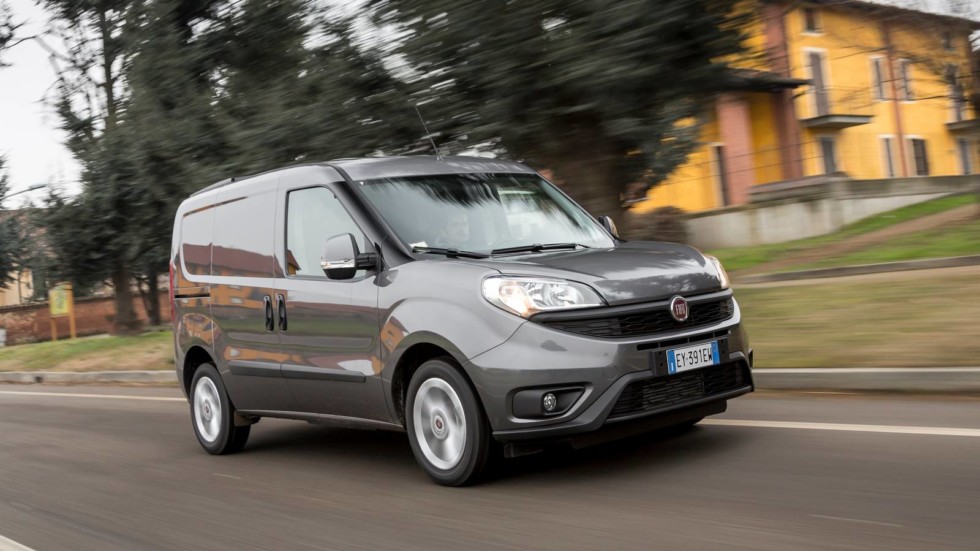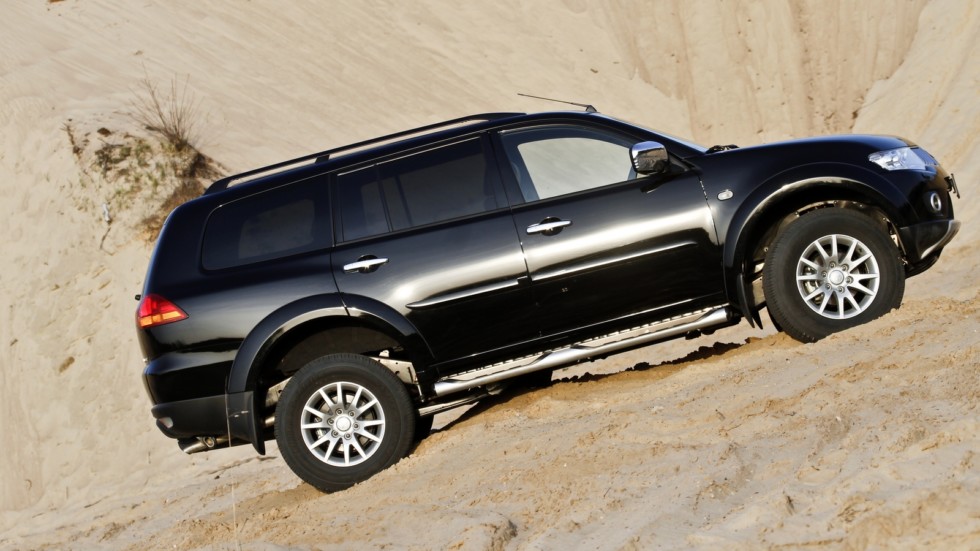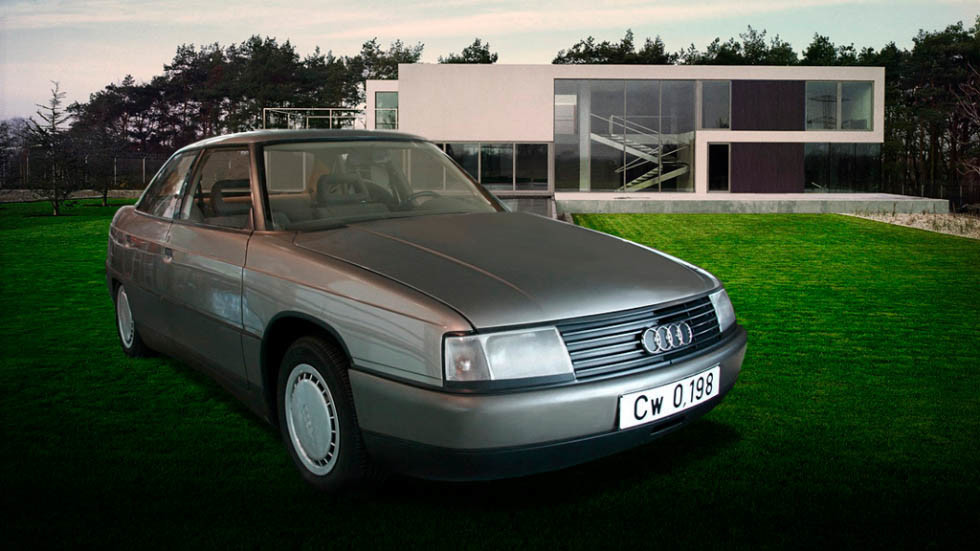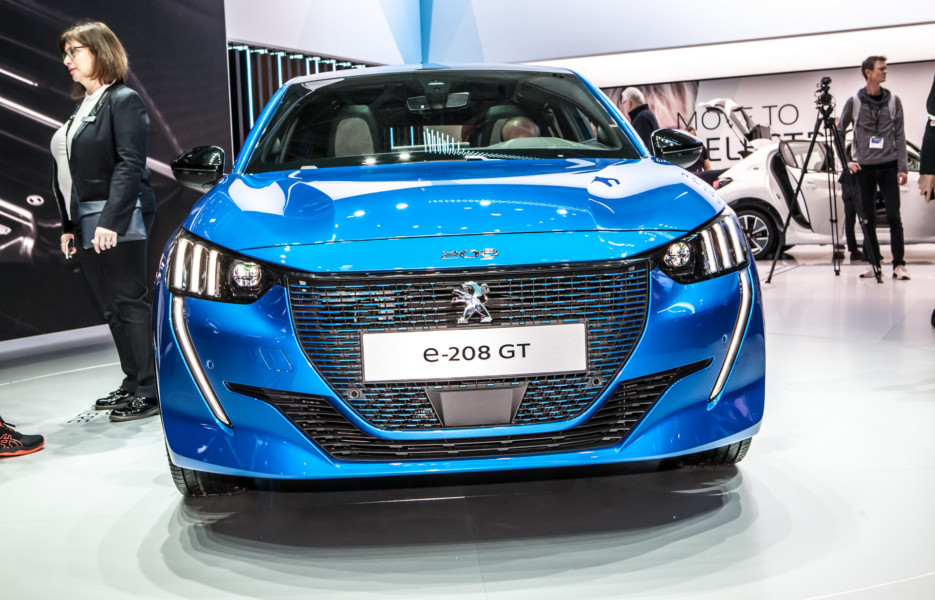For small business and family affairs: all light vans of the Russian market
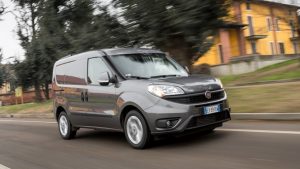 A lot of materials are devoted to the selection of new cars for themselves and their families. Today, we will find out which options remain on the market for those who are looking for a light delivery “heel” for small businesses – and at the same time we will also recall their cargo-passenger versions. And in this segment, as it turns out, there are some very exotic options.
A lot of materials are devoted to the selection of new cars for themselves and their families. Today, we will find out which options remain on the market for those who are looking for a light delivery “heel” for small businesses – and at the same time we will also recall their cargo-passenger versions. And in this segment, as it turns out, there are some very exotic options.
LADA LARGUS
Those who form the product line at the VAZ enterprise, obviously eat their bread for good reason: as is the case with the choice of a cheap seven-seater machine, it turns out that only Lada has no cheaper alternative in the segment. Technically, the Largus van is, of course, identical to a conventional station wagon: here is the same MacPherson front and semi-dependent rear beam (which partly limits the maximum carrying capacity) and the same VAZ engines – the eight-valve 11189 and 16-valve 21129. The first produces 87 hp, and the second – 106, both combined exclusively with the five-step mechanics (the second since this year – not only with the French JR5, but also with the VAZ 21809) and officially digest the 92nd gasoline.
Lada Largus Van (FS0) ’07 .2012 – present. Lada Largus Van (FS0) ‘07 .2012 – present.
The Largus van has one wheelbase version — the standard 2,905 mm, and the cargo hold is just over 2.5 cubic meters: 2,540 liters. Load capacity of the machine is easy to calculate, based on the declared performance curb and permissible maximum mass, which are 1,275 and 2,000 kilograms, respectively. However, almost all owners note that 725 kg is far from their personal best.
However, speaking of the carrying capacity and volume of the body, it is worth noting that the official site of Lada has a section of special vehicles based on Largus – there, in particular, there is a modification from the company Promtech with the luggage compartment volume increased to 3.8 cubes, as well as three options “Extended” refrigerator. True, the curb weight of such a machine, according to the manufacturer, is from 1,260 to 1,530 kg, but the maximum allowed is 2,000, which means a possible loss in capacity (but we remember, yes). In addition, K4M from Renault is listed as an engine, which is not entirely clear, given that the Largus plant has long been equipped only with VAZ engines.
Promtech does not indicate the prices of its special vehicles, but the cost of a standard Largus van is not a secret. The basic price tag is 561 thousand rubles: it will be a car with mandatory driver’s airbag and ABS, but without air conditioning, audio system, heated seats, power steering and even central locking. You can get power steering for 15 thousand in the following configuration, for 618 thousand in the car there will already be air conditioning, power windows and heated seats, and in the top Comfort version for 636 thousand there will be a passenger airbag and fog lights. In addition, for 656 thousand you can get the car in the same top-end version, but with a 16-valve 106-horsepower engine.
Well, we have already talked about passenger versions of Largus many times, but briefly we will repeat. Here, a choice of five-seater and seven-seater version at a price from 591 to 712 and from 667 to 736 thousand rubles, respectively. The boot capacity is 560 liters for the five-seater version and 135 for the seven-seater, and the list of equipment is, of course, wider than the van: here you can get a different interior trim, rear parking sensors, a leather steering wheel and rear electric windows (due to the presence of glass).
RENAULT DOKKER
Largus’s successor under the name Renault Dokker has been selling to us since the end of 2017. The commonality of the platform means identical suspension schemes – but Renault engines already have their own “renosnye”. The petrol 1.6-liter K7M gives out 82 hp here, and for someone the advantage will be the opportunity to choose the familiar 1.5-liter diesel K9K for 90 forces. However, the gearbox – like Largus, only five-speed manual.
Despite a smaller wheelbase than the Largus – 2,810 mm versus 2,905 – and a smaller overall length, the Dokker has a larger cargo hold due to gains in width and height: with an installed passenger seat, this is 3.3 m³, and if it is removed , you can get 3.9 cubes. By the way, Dokker in any version has not only rear swing doors, but also a sliding side door – for someone it may be important. Load capacity is declared at 750 kg (600 kg for the Access version), although if we deduct the curb from the permissible maximum mass, we get a less optimistic figure of 675 kg.
The cost of Dokker significantly differs from Largus: for a basic van with power steering and driver’s airbag, you will have to pay 909 thousand rubles. By the way, the power steering is installed on the petrol versions, EGUR is installed on diesel versions, and in addition, ESP diesel engines with a start-up assistance system on the rise are set as default, and for ESP gasoline vehicles even in top versions.
